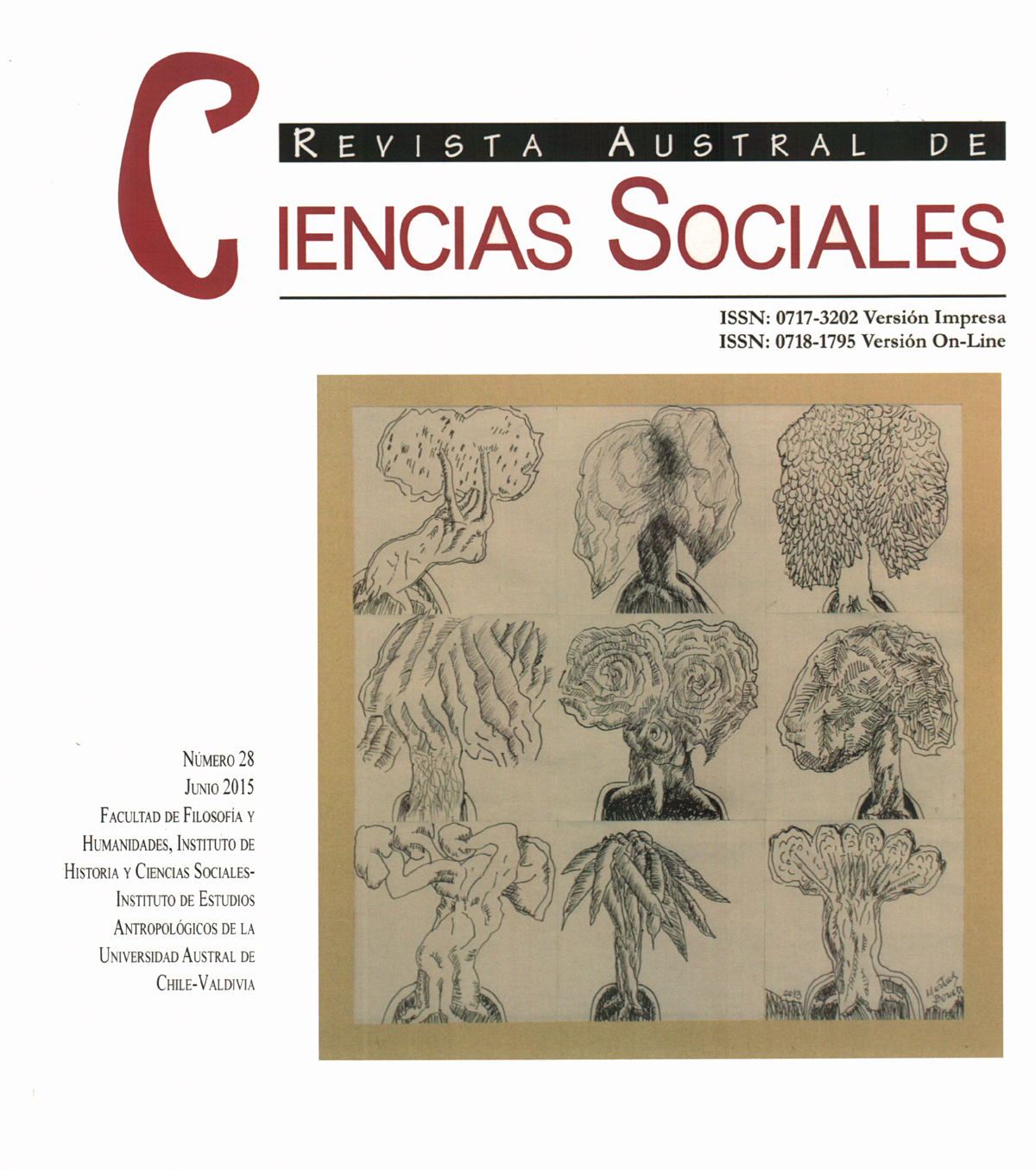The reproductive function of school at Araucanía, 1883-1910
Main Article Content
Abstract
The inclusion of Araucanía to the Chilean territory did not bring with it the establishment of a harmonious coexistence between Mapuche people and the Chilean State. The process was marked by tensions and contradictions, which are reflected until our days. It was not exempt of physical and symbolic violence, which were the expression of a homogenizer attempt by the state, on the one hand, and on the other, the cultural resistance to the imposition of the dominant ethos. The School was an institution, which executed a function that was related with the reproduction of the hegemonic culture, and it worked as a power mechanism from the Chilean State and its ruling class, who searched for the incorporation of the native people from the Araucanía to the State Nation project. Nevertheless, mapuche people were able to restructure themselves in front of this power device and used it as a means for the redefinition of its own cultural identity.

